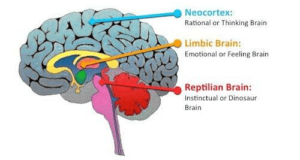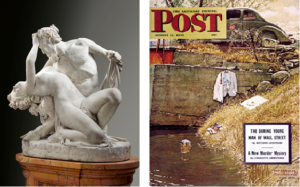Whether it is in a Finnish sauna or a Japanese onsen or a European naturist spa or an American backyard hot tub, people find comfort, relaxation and joy in non-sexual, socially nude recreation. Visitors to family friendly AANR resorts report a convivial atmosphere and the genuinely happy condition of Naturists being clothes-free. Several research papers have been published characterizing the positive effects of social nudism on self-esteem, body image and mental well-being. 1 Collectively, the evidence is strong that social nudism has a positive effect on a person’s sense of happiness. Why and how recreating in the buff with others can make people happy is what we would like to explore with this post.
Philosophers, theologians and social scientists have studied and debated happiness for millennia. Many causes and factors have been identified, but a conclusive understanding of this emotional state remains elusive. One knows it when they have it, and it usually involves a mix of things that uniquely come together for each individual (relationships, economic security, personal achievement, and so on). Naturism does not appear on the usual lists of factors, but perhaps it should.
The late neuroscientist and philosopher, Walter Freeman, advanced the scientific study of happiness and illuminated insights on certain factors that facilitate it. These factors, it turns out, are inherent to social nudism. Freeman’s paper, titled “Happiness doesn’t come in bottles. Neuroscientists learn that joy comes through dancing, not drugs.” presents his ideas in an everyday readable format. A link to it is provided below. 2 Please read it.
Freeman’s paper is not about Naturism. It is not even about dancing specifically. According to Freeman, happiness is not simply a chemical reaction in the brain but a state of mind and consciousness attained by overlapping one’s unique personal life experience with others. It involves a combination of two elements: Communion and Trust. Communion is established when people share activities and experiences that cause them to have thoughts or feelings in common. Trust emerges when cooperative activity is intensive enough for one to gain confidence in their communal partners’ predictable actions and behavior. Bonding experiences such as dancing, team sports, parenting, combat, road trips, etc. are the types of things that fit this model.
Naturism is fundamentally a Trust-Instilling Communion. To remove the socially protective layer of one’s clothing and reveal one’s authentic and vulnerable self to others and then to experience the mutually accepting, respectful and reciprocal behavior of those others establishes a common bond and trust. The shared experience of easy-going moral conduct, decency and basic humanity generates a sense of comfort, confidence and relaxation amongst the communal. It converts nakedness (which can feel vulnerable) into nudity (which can feel safe). To those who have not experienced it, this can be hard to believe. Yet, this is the culture and atmosphere that exists in Ethical Naturist settings.
The common bond of social nudism also enables what social scientists call a bridging network. People with varied economic backgrounds, ethnicities, political persuasions and other diversities obtain a way to see past their differences and become able to engage in cooperative behavior and get along. Bridging differences enough to become and feel part of a community helps happiness.
It is important to note that the converse of this is also true. Creepiness, predatory behavior, voyeurism, exhibitionism, overt sexual activity and other unsuitable actions can erase trust and break communion. Trust is the essential ingredient that must be present and free of doubt. This is why Naturists can be so adamant about etiquette and enforcing proper conduct.
While Freeman focuses on communion amongst people, Naturists also find value in communion with Nature. Connecting to and harmonizing with the natural world reminds us that we are a part of all living creation and not separate from it. Internalizing this and sensing that we are in relationship with the earth comforts the spirit and provides a respite from the artificiality of urban/suburban and technological life. Feeling more in harmony with Nature is helpful to happiness.
The pursuit of happiness is a struggle for many people today, especially the young. Despite general material well-being, there is a complex array of rapidly changing technological, cultural and social conditions that are isolating, disorienting and confusing, if not dangerous. Loneliness is a major issue as many people lack authentic, stable, quality friendships, family relations and community engagements. Their sense of self and belonging is not well anchored. 3
It is a constant theme of ours that Ethical Naturism can promote a healthy mind in a healthy body with a bright spirit. We all want to be happy. The pursuit of happiness is held to be an unalienable right. While Naturism alone is not sufficient to sustain happiness, its ability to establish Trust-Instilling Communion with others offers a potent building block for a happy life. Engaging in socially-oriented Naturist activities or finding a Naturist community that accepts you as you are can have a very positive impact on your life.
1A https://www.gold.ac.uk/news/naked-and-unashamed/
1B https://link.springer.com/article/10.1007/s10902-017-9846-1
2 https://sisyphuslitmag.org/2018/07/happiness-doesnt-come-in-bottles/
3 https://www.statista.com/statistics/1384137/anxiety-depression-loneliness-us-by-age/



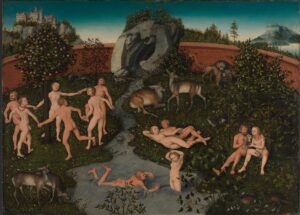



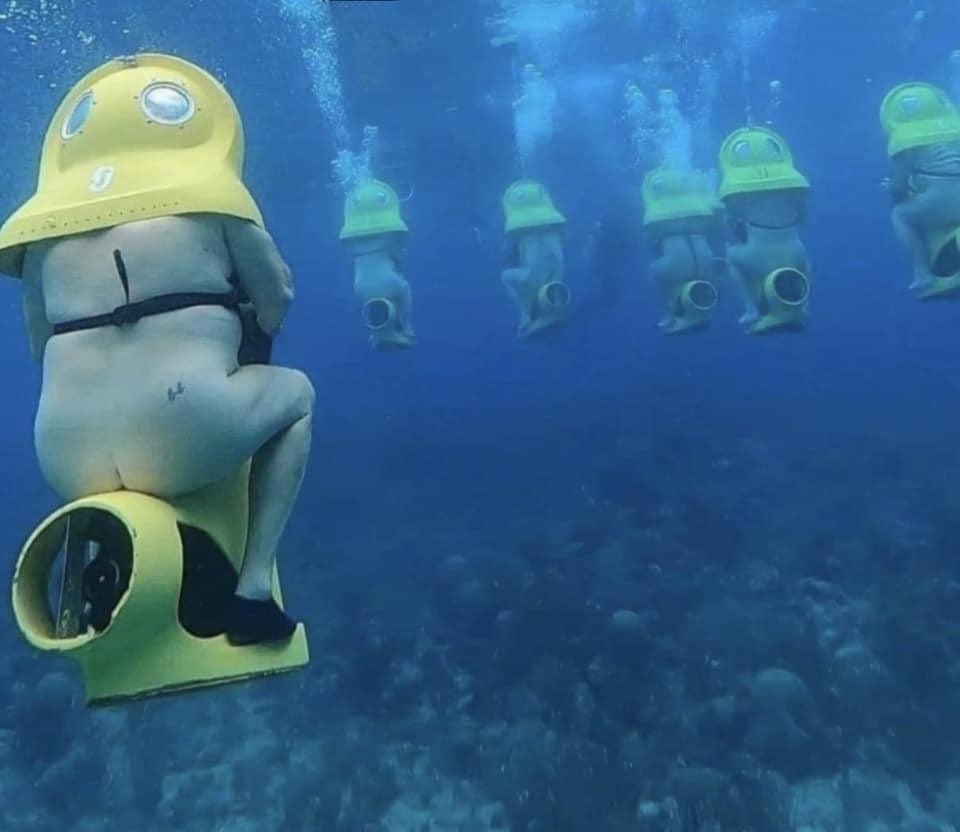
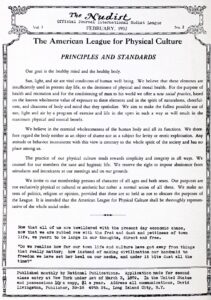
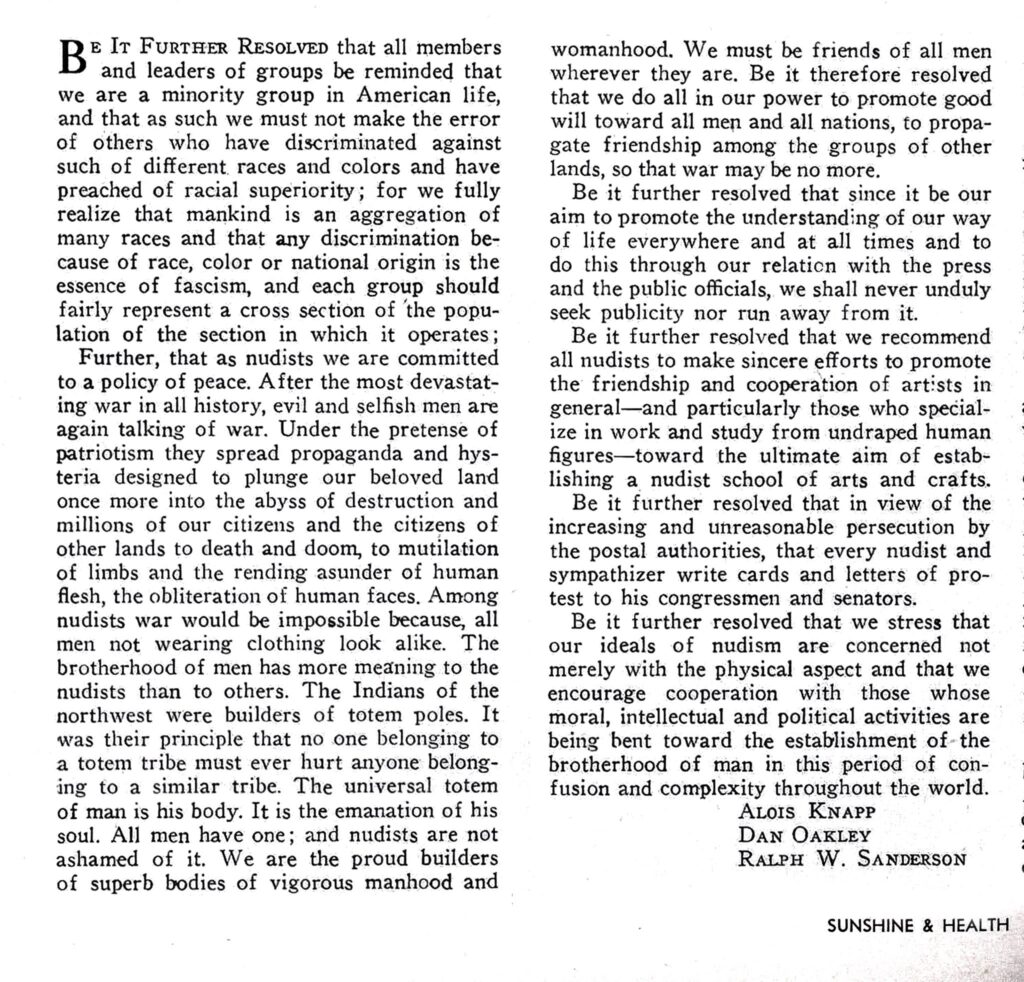
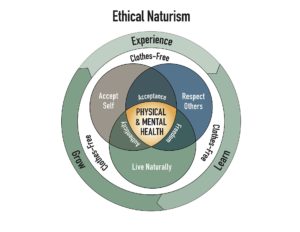 Image by Stéphane Deschênes
Image by Stéphane Deschênes